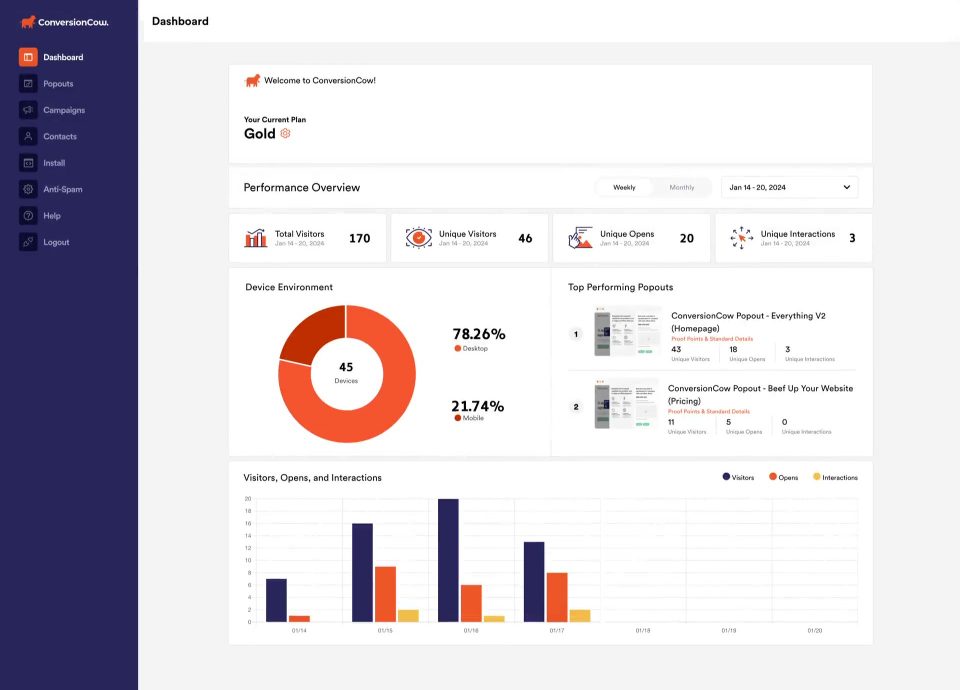
Effective team collaboration and communication is one of the core backbones of a successful business. With the growing popularity of remote work, many businesses are now expanding their teams across the globe. There is no better way to manage your team than by using the best shared calendar app for your business.
So how do you know which tool can help keep everyone on the same page?
In this blog post, let’s discuss the 7 key factors you need to consider when choosing a shared calendar app.
Identify Your Needs
Of course, the first thing you have to consider is your needs. Knowing your priorities and goals is crucial to narrow down your options and ensure that they align with your business workflows.
Here’s how you can do this:
- Determine the size of your team and its interaction style
- Identify whether you need hierarchical organization or simple sharing
- Assess types of schedules and events you need to manage
- Check if you need integration with email or project management tools
- Consider the need for customization in views or features
- Reflect on specific workflows and any unique requirements
- Clearly define these needs to narrow down suitable options
Evaluate Key Features
Once you’ve identified your needs, the next thing you need to do is evaluate the key features offered by these shared calendar apps. Ideally, you need to prioritize the tools that come with robust team sharing and collaboration.
For instance, you can look for features like customizable views (daily, weekly, monthly) and time zone support. You should also assess how the app handles different types of events and manages complex scheduling needs.
Some of the other features to look for are the following:
- Recurring Event Support
- Task Integration
- Meeting Scheduling
- Shared Resource Booking
- Automated Notifications and Alerts
- User Roles and Permissions
Assess User Experience
The user experience of a shared calendar app is essential for its adoption and effectiveness. So make sure to choose an app that has a user-friendly but intuitive interface across different devices. You should also pay attention to the process or steps needed to create, modify, change, and view events and schedules.
A common rule of thumb is to choose an app that requires little to no training time or learning curve. It is best to ask for feedback from your team during the evaluation phase to assess how the app meets their needs and preferences.
Check Security and Compliance
Security and compliance are crucial for any team, especially if your business handles sensitive data. Don’t risk your hard-earned business reputation by failing to assess your shared calendar app’s security features.
Here’s what you need to know:
- Ensure strong encryption for data in transit and at rest
- Verify robust access controls and authentication measures
- Check for compliance with regulations like GDPR or HIPAA
- Review the provider’s data privacy policies
- Understand how they handle data breaches or security incidents
- Assess if the app provides regular updates and security patches
- Confirm that the app meets your business’s security and compliance needs
Consider Cost and Scalability
Pay extra attention to both the cost and scalability to ensure they fit within your budget and can grow with your business. Compare different pricing models, such as subscription fees, per-user charges, or tiered plans based on features.
Evaluate whether the cost provides value for the features and capabilities offered, to avoid overspending. You should also take into account any additional expenses for premium features or integrations.
Read Reviews and Get Recommendations
Reviews and recommendations are valuable for gathering legitimate insights into the performance and reliability of the apps. Look for feedback from businesses similar to yours to gauge how well the app works for them.
You can also seek recommendations from colleagues or peers who have previous experience with calendar apps. Their advice is highly beneficial for highlighting any potential issues or advantages of using the shared calendar tool.
Test the App
Testing the app through free trials or demo versions is a crucial step in the selection process. It allows you to explore the app’s features and see how well it integrates into your existing workflows. You can also use this opportunity to contact their customer support and assess how responsive the provider is.
Conclusion
The success of a shared calendar app relies heavily on how well it meets your team’s needs and integrates with their daily routines.
Choosing the best shared calendar app is a strategic decision that can significantly enhance your team’s efficiency and coordination. This will not only improve your operations but also promote an organized and productive work environment. Take the time to make an informed choice, and your team will reap the benefits of improved workflows and communication.
Related Articles
See All
Marketing
Tracking Your Conversions With ConversionCow

Marketing
Top Video Marketing Tools for 2024 – Exploring Alternatives to YouTube & TikTok for Enhanced Marketing Strategies

Marketing
2024 Current Trends & Future Outlook On Facebook, Instagram & TikTok

Marketing